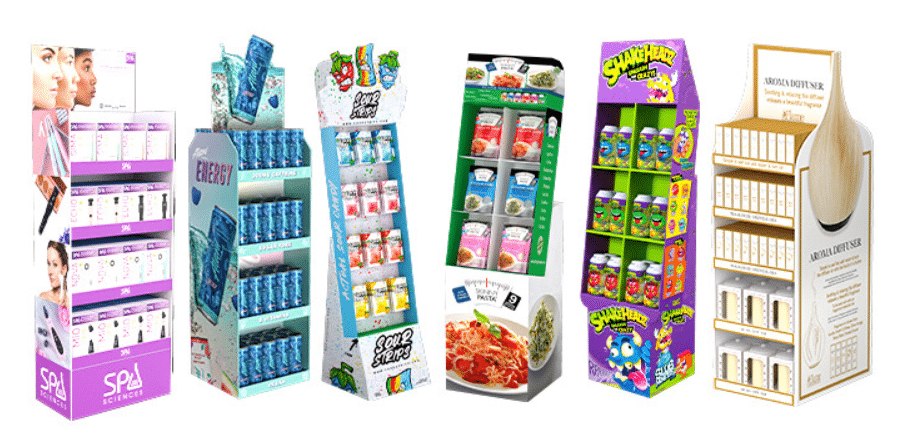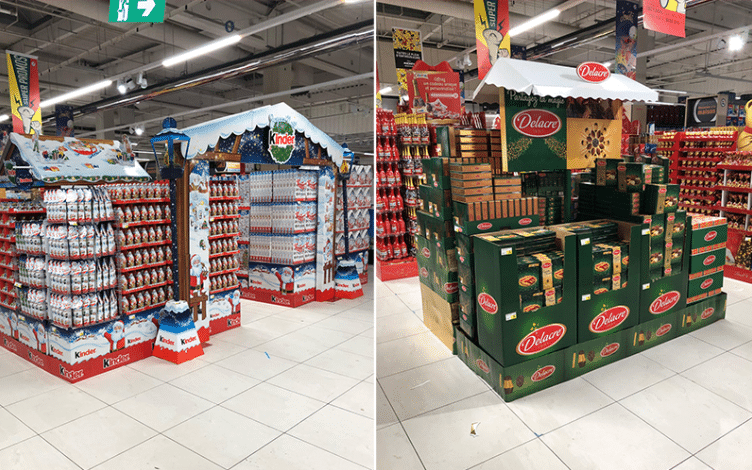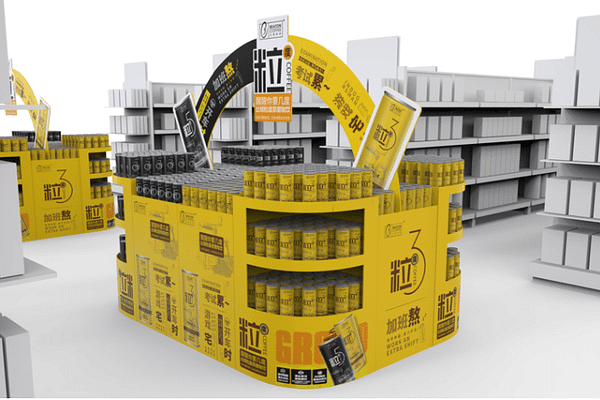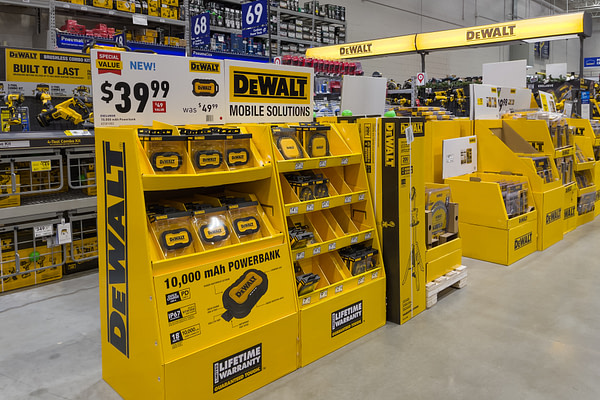Multiple Selection for Cardboard Boards
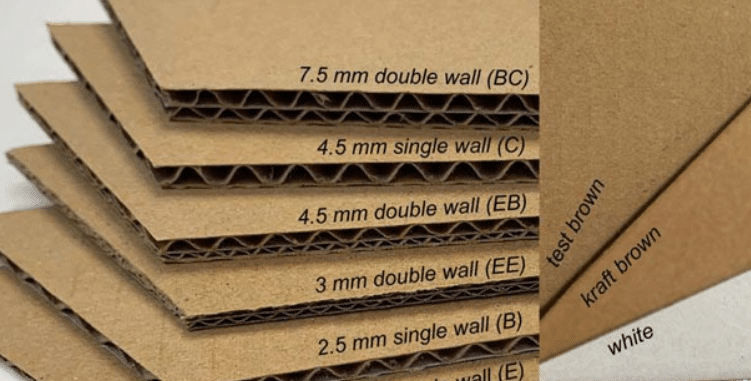
Cardboard, one of the most versatile and commonly used materials in packaging and display industries, comes in various types, each designed to serve specific purposes. Single wall, double wall, and triple wall cardboard are among the most prevalent types used for packaging and displays. Let’s delve into each of these variations, their characteristics, applications, and the benefits they offer for crafting cardboard displays.
Table of Contents
I. Single Wall Cardboard
Single wall cardboard, also known as ‘single-face’ or ‘double-faced,’ is constructed with a fluted sheet sandwiched between two linerboards. The fluted sheet provides rigidity and strength to the cardboard while the linerboards offer a smooth surface for printing or displaying graphics.



Pros:
- Cost-Effectiveness: Single wall cardboard is generally more economical compared to thicker options. This makes it a cost-effective choice for businesses, especially those with budget constraints.
- Lightweight and Versatile: Single wall cardboard is lightweight, making it easy to handle and customize. This versatility is advantageous for creating intricate and easily replaceable displays.
- Customizable Printing Surface: The smooth surface of single wall cardboard provides an excellent canvas for printing vibrant graphics and branding. This enhances the visual appeal of displays and packaging.
Cons:
- Limited Strength: Lacks the strength needed for heavy-duty packaging or displays.
- Reduced Durability: May not withstand rough handling or external elements as well as thicker options.
- Application Constraints: May not be suitable for applications requiring high strength or extended durability.
II. Double Wall Cardboard:
Double wall cardboard is crafted by bonding two layers of single wall cardboard together, creating added strength and durability compared to single wall cardboard.



Pros:
- Enhanced Strength:Double wall cardboard provides superior strength and rigidity compared to single wall options. This makes it suitable for larger and heavier displays that require durability.
- Increased Protection: Offers better protection against impact and compression, ensuring the safety of items during handling and transportation.
- Stability: The added layers provide stability, allowing for the creation of taller and sturdier displays.
Cons:
- Cost: Generally more expensive than single wall cardboard, which might impact budget considerations for some applications.
- Thickness: The increased thickness might limit its use for certain display designs or applications where a thinner profile is preferred.
- Environmental Impact: The additional material used in double wall cardboard may contribute to a higher environmental footprint compared to single wall options.
Applications:
Double wall cardboard is widely used for applications requiring higher durability and protection, such as:
- Heavy-duty shipping boxes
- Storage containers for heavier items
- Pallet boxes for transportation
- Larger retail displays
III. Thriple Wall Cardboard:
Triple wall cardboard is created by combining three layers of fluted cardboard between four linerboards, resulting in an exceptionally strong and robust material.



Pros:
- Unmatched Strength: Triple wall cardboard provides unparalleled strength, making it suitable for massive and robust displays capable of bearing substantial weight.
- Maximum Protection: Offers the highest level of protection against impact, moisture, and other external elements, ensuring the safety of delicate or expensive items on display.
- Durability: Displays made from triple wall cardboard have a longer lifespan, making them suitable for prolonged use in high-traffic areas.
Cons:
- Cost: Generally more expensive than both single wall and double wall options, which may limit its use in cost-sensitive applications.
- Weight: The added layers and thickness contribute to increased weight, potentially limiting its use for applications where weight is a critical factor.
- Over-Engineering: May be over-engineered for applications that don’t require the highest level of strength or durability, leading to unnecessary costs.
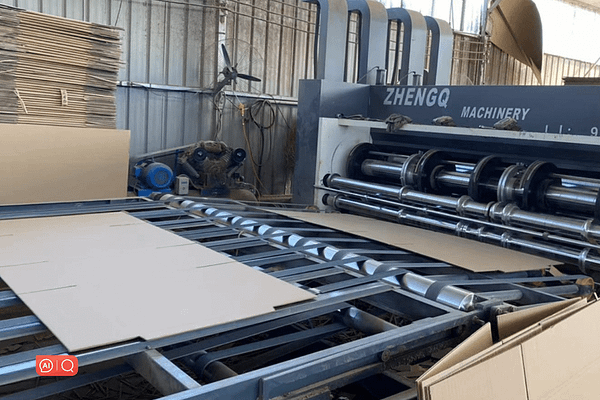


IV. Professional Recommendation for Your Choice
Choosing the appropriate type of cardboard for displays is a critical decision that depends on various factors, including the nature of the products being displayed, the display environment, budget considerations, and sustainability goals. Here’s a professional recommendation based on different scenarios:
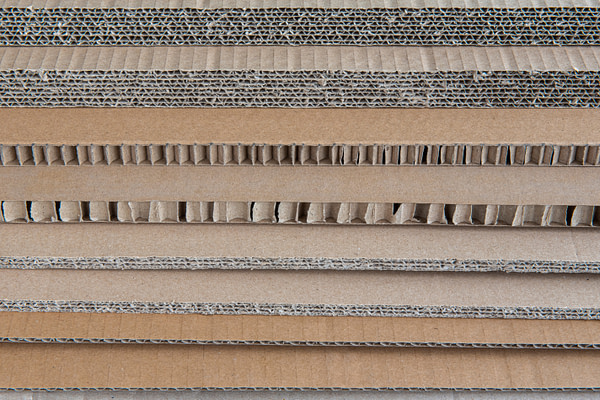


1. Standard Retail Displays:
- Recommendation: Single Wall Cardboard
- Rationale: For standard retail displays that showcase lightweight or average-sized products, single wall cardboard is a cost-effective and versatile choice. It provides a customizable printing surface for branding and graphics, making it suitable for short-term displays where cost is a significant consideration.
2. High-Traffic Retail Environments:
- Recommendation: Double Wall Cardboard
- Rationale: In environments with high foot traffic and the potential for rough handling, double wall cardboard is recommended. It offers enhanced strength and stability, providing better protection for products on display. While it may be slightly more expensive than single wall options, the added durability is justified in high-traffic settings.
3. Heavy or Fragile Products:
- Recommendation: Double Wall or Triple Wall Cardboard
- Rationale: For displays featuring heavy or fragile items, the choice between double wall and triple wall cardboard depends on the specific requirements. Double wall provides a balance of strength and cost, suitable for many applications. However, if the items are exceptionally heavy or delicate, opting for the extra strength and protection of triple wall cardboard might be justified.
4. Temporary Promotional Displays:
- Recommendation: Single Wall Cardboard
- Rationale: For short-term promotional displays or campaigns with a limited budget, single wall cardboard remains a practical choice. Its lightweight nature and cost-effectiveness make it suitable for temporary setups where the display will be replaced or updated frequently.
5. Long-Term or Permanent Displays:
- Recommendation: Double Wall or Triple Wall Cardboard
- Rationale: For displays intended for long-term use or permanent installations, investing in the durability of double wall or triple wall cardboard is advisable. The enhanced strength and stability of these options ensure that the display withstands prolonged exposure to environmental factors and continuous handling.
6. Eco-Friendly and Sustainable Displays:
- Recommendation: Single Wall or Double Wall Cardboard
- Rationale: To align with sustainability goals, choosing cardboard made from recycled materials is crucial. Both single wall and double wall options are available in recycled variants, offering a balance between environmental responsibility and functional requirements.
7. Budget-Conscious Displays:
- Recommendation: Single Wall Cardboard
- Rationale: If budget constraints are a primary consideration, single wall cardboard is the most cost-effective option. It allows for the creation of visually appealing displays without compromising too much on strength, making it suitable for applications where cost is a critical factor.
8. Customization and Branding Emphasis:
- Recommendation: Single Wall Cardboard
- Rationale: When the emphasis is on customization, branding, and vibrant graphics, single wall cardboard provides an excellent surface for printing. Its lightweight and versatile nature make it ideal for creating eye-catching displays that effectively communicate the brand message.
V. Final Consideration:
While these recommendations provide general guidelines, it’s crucial to assess the specific needs of each display project. Collaborating with our packaging and display experts can further refine the decision-making process, ensuring that the chosen cardboard type aligns perfectly with the goals, budget, and environmental considerations of the project. Additionally, staying informed about advancements in sustainable materials and printing technologies can contribute to making more environmentally friendly and visually appealing choices for displays.


